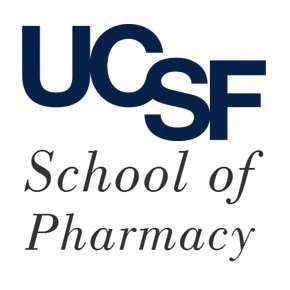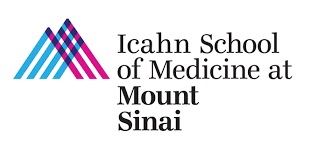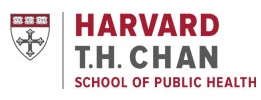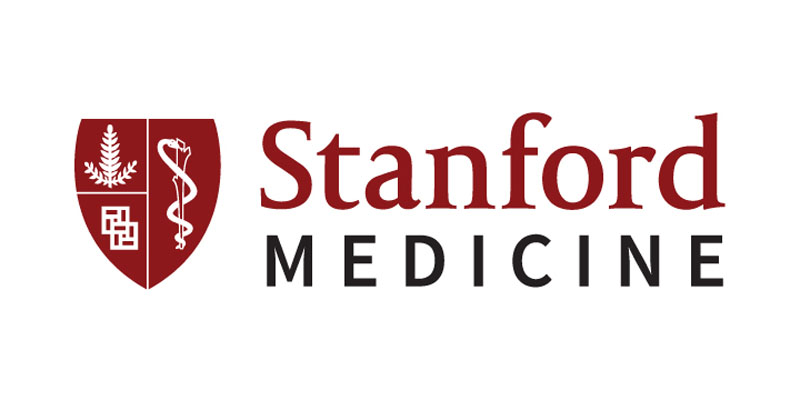Submitted by ja607 on
| Title | Genetic identification of a common collagen disease in puerto ricans via identity-by-descent mapping in a health system. |
| Publication Type | Journal Article |
| Year of Publication | 2017 |
| Authors | Belbin, GMorven, Odgis, J, Sorokin, EP, Yee, M-C, Kohli, S, Glicksberg, BS, Gignoux, CR, Wojcik, GL, Van Vleck, T, Jeff, JM, Linderman, M, Schurmann, C, Ruderfer, D, Cai, X, Merkelson, A, Justice, AE, Young, KL, Graff, M, North, KE, Peters, U, James, R, Hindorff, L, Kornreich, R, Edelmann, L, Gottesman, O, Stahl, EEa, Cho, JH, Loos, RJf, Bottinger, EP, Nadkarni, GN, Abul-Husn, NS, Kenny, EE |
| Journal | Elife |
| Volume | 6 |
| Date Published | 2017 Sep 12 |
| ISSN | 2050-084X |
| Keywords | Adolescent, Adult, Aged, Child, Collagen Diseases, Female, Fibrillar Collagens, Genotype, Heterozygote, Hispanic or Latino, Homozygote, Humans, Male, Middle Aged, Molecular Epidemiology, Multigene Family, Musculoskeletal Diseases, New York City, Pedigree, Whole Genome Sequencing, Young Adult |
| Abstract | Achieving confidence in the causality of a disease locus is a complex task that often requires supporting data from both statistical genetics and clinical genomics. Here we describe a combined approach to identify and characterize a genetic disorder that leverages distantly related patients in a health system and population-scale mapping. We utilize genomic data to uncover components of distant pedigrees, in the absence of recorded pedigree information, in the multi-ethnic Bio biobank in New York City. By linking to medical records, we discover a locus associated with both elevated genetic relatedness and extreme short stature. We link the gene, , with a little-known genetic disease, previously thought to be rare and recessive. We demonstrate that disease manifests in both heterozygotes and homozygotes, indicating a common collagen disorder impacting up to 2% of individuals of Puerto Rican ancestry, leading to a better understanding of the continuum of complex and Mendelian disease. |
| DOI | 10.7554/eLife.25060 |
| Alternate Journal | Elife |
| PubMed ID | 28895531 |
| PubMed Central ID | PMC5595434 |
| Grant List | U01 HG007417 / HG / NHGRI NIH HHS / United States P30 ES010126 / ES / NIEHS NIH HHS / United States U01 HG007419 / HG / NHGRI NIH HHS / United States U01 HG007416 / HG / NHGRI NIH HHS / United States R00 HL130580 / HL / NHLBI NIH HHS / United States U01 HG007376 / HG / NHGRI NIH HHS / United States S10 OD018522 / OD / NIH HHS / United States HHSN268201200008C / HL / NHLBI NIH HHS / United States U01 HG009080 / HG / NHGRI NIH HHS / United States HHSN268201200008I / HL / NHLBI NIH HHS / United States U01 HG007397 / HG / NHGRI NIH HHS / United States |





